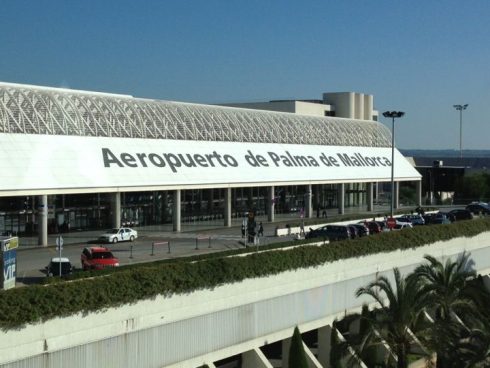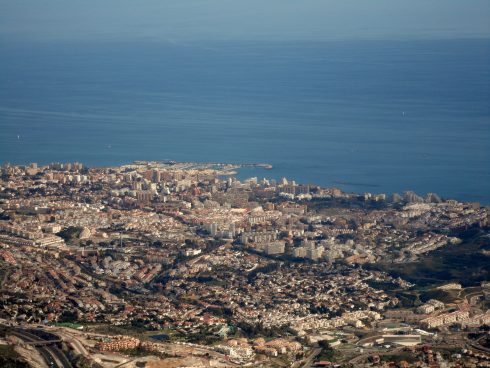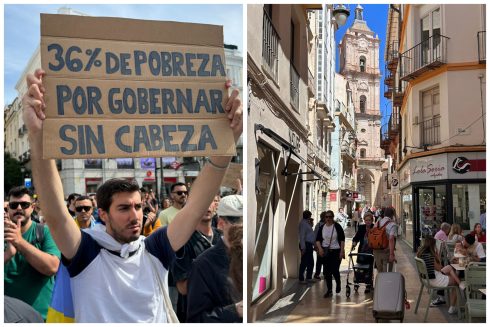ROAD signs and information signs in Spain have been branded sexist in a government report.
The State Attorney General’s Office released its annual report yesterday in which it highlighted the ‘machismo’ displayed in traditional road signage.
Specifically, signs such as the ‘proximity to a school’ sign, where it depicts a boy holding the hand of a girl leading her across the road, have come under fire for displaying women in a ‘situation of dependence and subordination.’
Other signs such as the ‘zebra crossing’, ‘tractors prohibited’ and ‘residential area’ are also under threat for showing only male figures.
Meanwhile, signage that represents care sectors and the domestic environment typically depict female figures.
The Public Ministry said: “Even when progress has been made, signs contrary to the principles of equality still survive.”
Critics argue that the signs, designed in 1957 by British typographer Margaret Calvert OBE, were created without a specific gender in mind and that the figures are simply representations of a human outline.
This not the first time that Spain has seen its roadside information come under fire.
As early as 2006, the town of Fuenlabrada near Madrid gave all its signage and traffic lights a make over, swapping all of it’s male signs for female outlines.
Madrid also led the way when it came to highlighting gender inequality in the names of its streets.
A survey carried out in 2017 by El Pais showed that just 22% of Madrid’s street names were of female figures, compared to 19% in Barcelona and just 10% in Valencia.
Whilst the gender balance in street names has a long way to go due to massive cost and logistical implications, road signage will undoubtedly prove an easier and more cost effective way of levelling the playing field.











